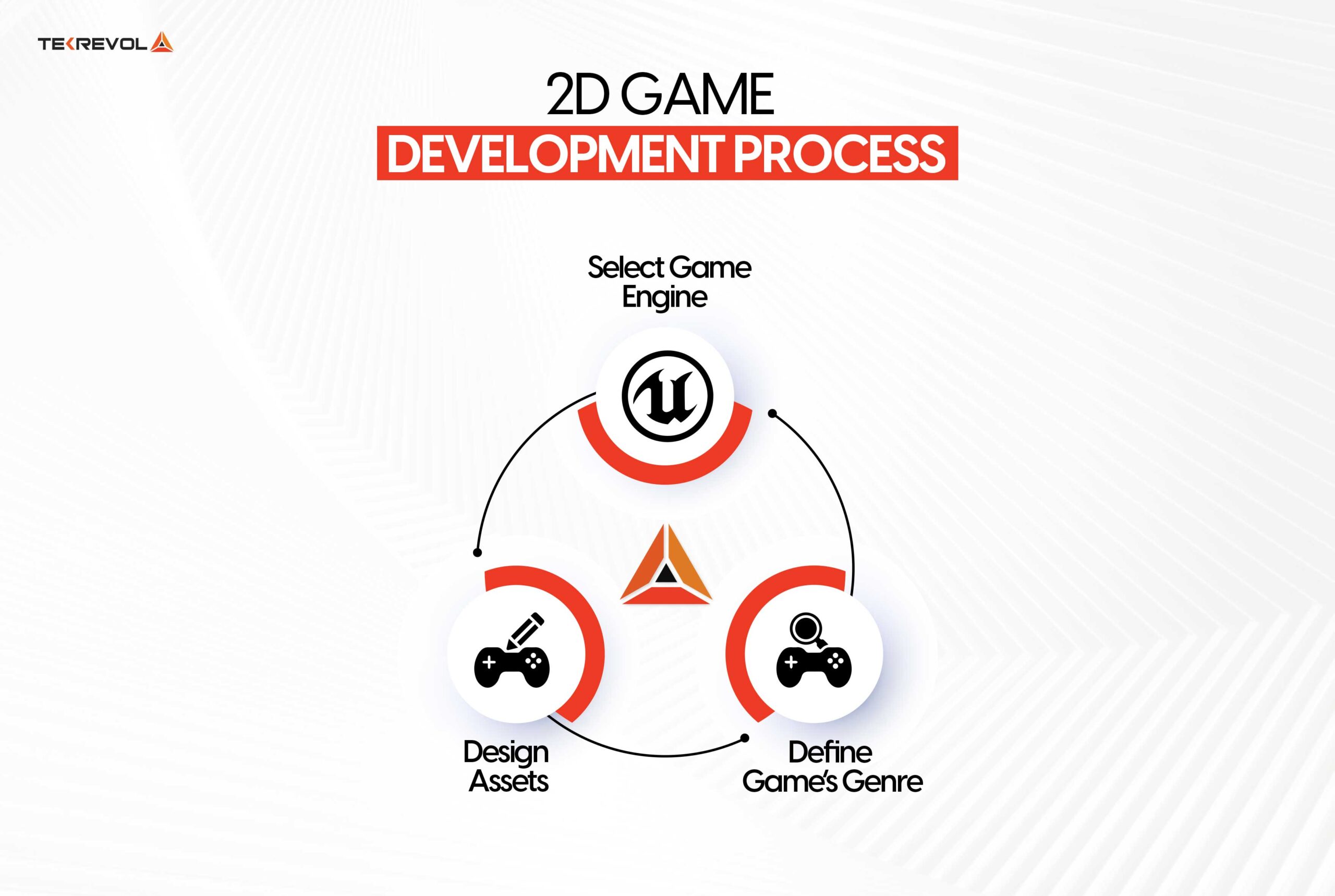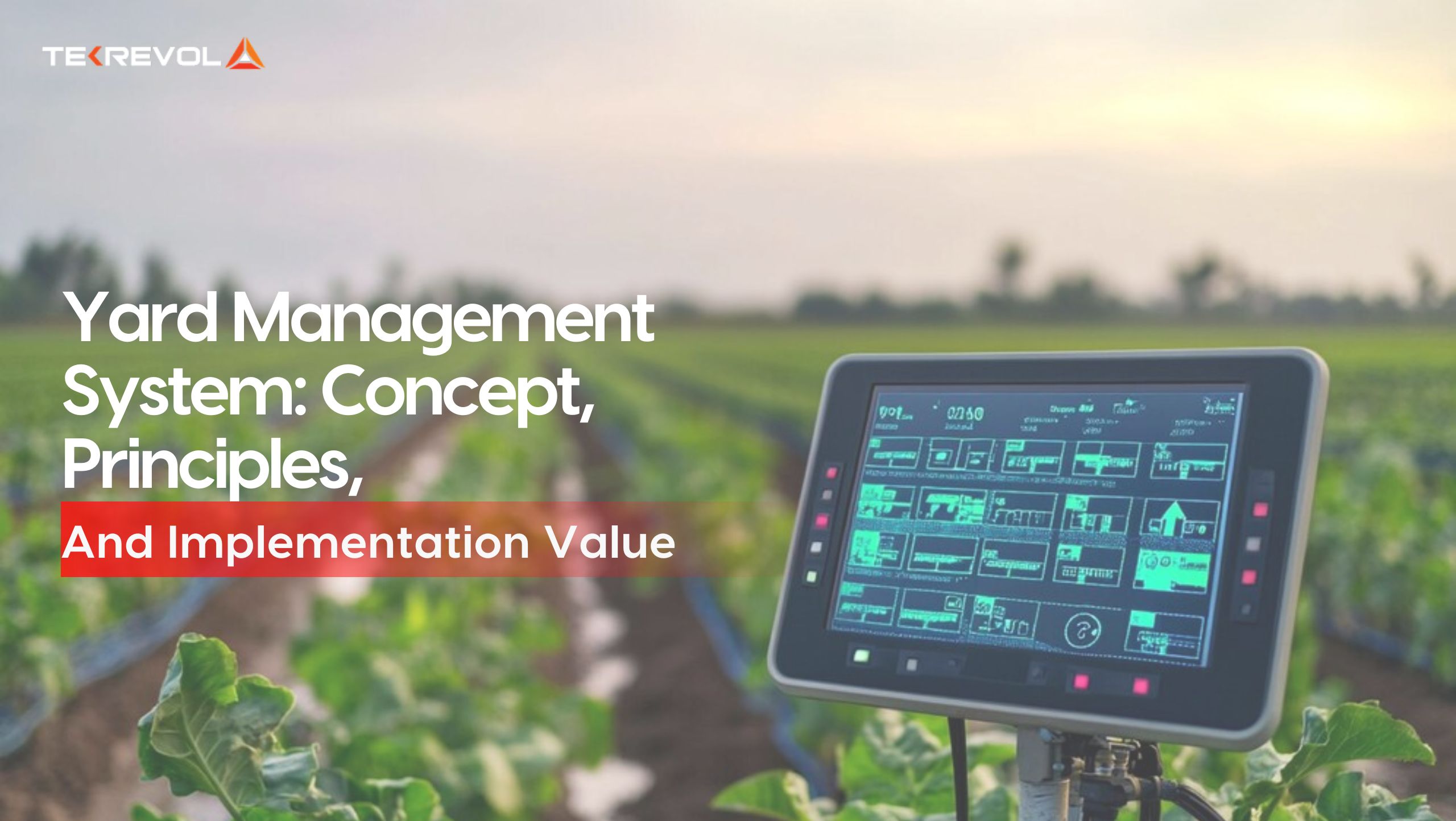Creating a 2D game is much more than assembling basic elements. It’s a multi-faceted process requiring careful planning, technical proficiency, and an understanding of design, mechanics, and player expectations. For both independent developers and professional teams, mastering 2D game development involves attention to artistic style, programming, gameplay mechanics, and user experience.
This comprehensive guide will walk you through every crucial aspect of 2D game development, including the technicalities, timelines, genres, art styles, development platforms, and post-launch considerations.
What Is a 2D Game?
A 2D game operates in a two-dimensional space, where movement occurs along the X and Y axes. These games feature flat, sprite-based graphics that restrict player movements to four primary directions—up, down, left, and right. Popularized by early video games, 2D games remain a staple in the industry due to their simplicity and nostalgic appeal.
Key Characteristics of 2D Games
- Sprites
The visual components of 2D games, representing characters, objects, and environments. - Layering
2D games rely on multiple layers to simulate depth (foreground, background, midground). - Side-Scrolling/Top-Dow
Movement is either side-scrolling (as in Super Mario Bros.) or top-down (as in The Legend of Zelda).
2D games may seem basic compared to 3D titles, but they offer a focused, engaging experience. Games like Undertale and Hollow Knight have demonstrated how powerful storytelling and mechanics can thrive in a 2D format.
How to Make a 2D Game: A Step-by-Step Guide

Building a 2D game from scratch involves a well-structured workflow. Each step contributes to the final product, from conceptualization to coding, art creation, and user testing. Below is an in-depth look into the 2D game development process.
1. Select a 2D Game Engine
Choosing the right game engine is the first technical decision to make. A game engine is the software framework that provides essential tools to create and manage game assets, implement mechanics, and export the final product to different platforms.
Popular 2D Game Engines
- Unity: Known for its versatility, Unity allows for 2D and 3D development. It supports both beginners and experienced developers.
- GameMaker Studio 2: Ideal for indie developers and beginners, this engine specializes in 2D games and simplifies coding with drag-and-drop features.
- Godot: A free, open-source engine with advanced 2D support, including a robust community for troubleshooting.
Key Engine Features
- Asset management: Import and manage sprites, backgrounds, and other visual elements.
- Physics engines: Manage collisions, gravity, and other interactive elements.
- Animation tools: Customize character and object movements.
Choosing the right engine is critical, as it will define your game’s functionality, development speed, and output quality.
2. Define the Game’s Genre
The genre of your game will guide its design philosophy, control schemes, and user experience. Some genres work better in 2D environments than others. For instance, platformers, puzzle games, and roguelikes benefit from 2D’s simplicity and focus on tight mechanics.
Popular 2D Game Genres:
- Platformers: Games like Celeste and Hollow Knight focus on precision movement, obstacles, and challenges.
- Roguelikes: Procedurally generated levels and permanent death mechanics are key features in games like Dead Cells.
- Puzzle Games: Puzzle-focused games like Monument Valley often use minimalistic 2D art to keep users engaged in brain-teasing challenges.
By defining your genre early, you streamline decisions related to level design, character abilities, and asset creation.
3. Conceptualize & Design Art Assets
Visual appeal is paramount in 2D games. Once you’ve defined the genre, the next step is to design the game’s artistic elements—characters, backgrounds, and objects. You can create assets from scratch or use pre-built assets available in asset stores, though custom work tends to make games more unique.
2D Art Styles to Consider
- Pixel Art: A nostalgic style seen in games like Stardew Valley and Shovel Knight, pixel art is known for its minimalistic yet charming visuals.
- Hand-Drawn Art: Games like Ori and the Blind Forest use beautifully hand-drawn assets to create immersive environments.
- Vector Art: More modern and scalable, vector-based art (used in Angry Birds) gives a polished, professional look to your game.
Technical Tools for Creating Assets
- Adobe Photoshop and Illustrator: Ideal for detailed sprites and backgrounds.
- Aseprite: Specialized for pixel art.
- GIMP: Free, open-source alternative to Adobe tools.
Creating assets is one of the most time-consuming phases, but it’s also where your game’s visual identity takes shape. Be sure to align art style with your game’s tone and genre.
How Long Does It Take to Make a 2D Game?
The timeline for 2D game development can vary drastically depending on the complexity of the project, the team’s experience, and the scope of the game. Some simple 2D games can be developed in a few weeks, while more intricate games with detailed art and complex mechanics can take months or even years.
Factors That Affect Development Time
- Scope of the Game: Larger worlds with more levels or stages take longer to design and test.
- Experience Level: A more experienced team can shorten the development cycle with best practices and efficiency.
- Development Team Size: Solo developers may take longer to complete a game compared to a fully staffed development team.
On average, indie developers working alone might take 6 months to a year to complete a moderately complex 2D game. Larger teams, especially those in a 2D game development company, could bring a game to market faster, depending on the available resources.
Post-Launch: Optimizing & Updating Your 2D Game
After your game launches, there’s still plenty of work to be done. Post-launch optimization and updates are crucial for maintaining a player base, fixing bugs, and adding new content to keep your game relevant.
Key Post-Launch Considerations
- Bug Fixes: Monitor your game’s performance and address any technical issues promptly.
- User Feedback: Collect player feedback via reviews, forums, or social media, and adjust gameplay mechanics or features as needed.
- Updates and DLC: Add new levels, challenges, or characters to keep players engaged long-term.
- Marketing Strategy: Ensure continuous visibility for your game through social media engagement, YouTube trailers, and partnerships with gaming influencers.
How to Come Up with 2D Game Ideas
Coming up with a compelling game idea requires creativity and market research. Many indie developers start by combining concepts from existing games but adding a unique twist.
Steps to Generate Unique Game Ideas
- Study Popular Games: Analyze successful 2D games in the genre you’re interested in. Understand their mechanics, narrative style, and art design.
- Identify Gaps in the Market: Look for unmet needs or underserved genres.
- Player-Centric Design: Think from the perspective of the player. What would make the experience enjoyable, engaging, or addictive?
Combining strong game mechanics with unique storytelling or visual style often leads to standout indie hits.
Monetizing Your 2D Game

Monetization is a crucial consideration when planning and launching a 2D game. Your options depend on your distribution platform and target audience.
Monetization Models
- Premium Sales: Players pay upfront for the game, often used for PC and console releases.
- Freemium: The base game is free, but additional content (levels, characters) is sold as in-app purchases.
- Ad-Supported: Free-to-play games that display ads during gameplay.
Effective monetization strategies will depend on your game’s audience, platform, and content type.
The Importance of User Experience and Performance Optimization
Performance and user experience are crucial for a successful 2D game. Even simple 2D games need to run smoothly across different devices, particularly mobile platforms. Lag, crashes, or unresponsive controls can negatively impact player retention.
Key Areas of Performance Optimization
- Frame Rate Consistency: Ensure your game runs smoothly across devices by optimizing code and assets.
- Memory Management: Keep memory usage low by efficiently managing assets like sprites and sounds.
- Device Compatibility: Test your game on different platforms (iOS, Android, PC) to ensure compatibility and smooth performance.
Turning Your 2D Game Idea Into Reality
Creating a 2D game is an exciting journey that combines creativity, technical skills, and strategic planning. From selecting the right game engine to conceptualizing art, coding, and testing, every phase contributes to the game’s final quality.
Whether you’re a solo indie developer or part of a larger 2D game development company, a clear roadmap will guide you through each step and lead to a successful launch. Make sure to plan for post-launch optimization, user feedback, and continuous updates to keep your game relevant and engaging.
By mastering the intricacies of 2D game development, you’ll be well on your way to creating engaging, high-performance games that resonate with players and deliver substantial business outcomes.

 4485 Views
4485 Views October 30, 2024
October 30, 2024









